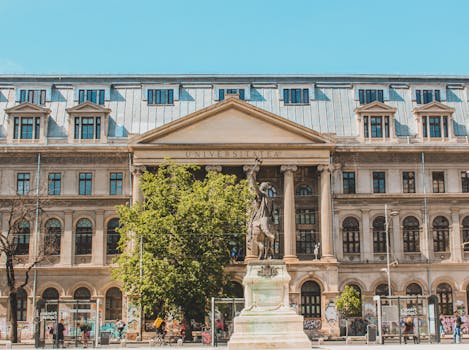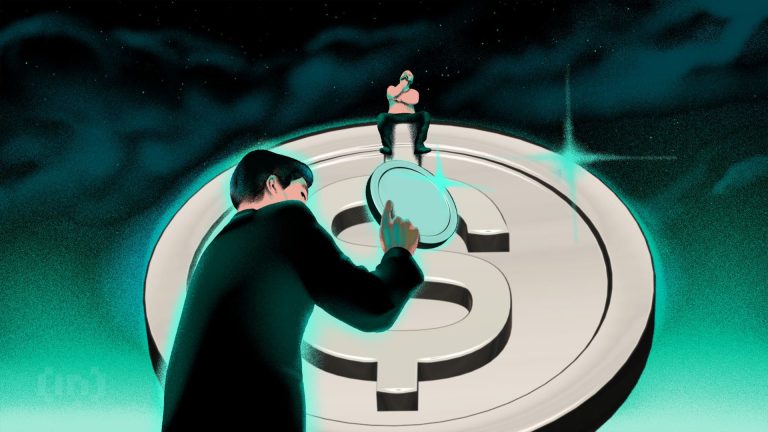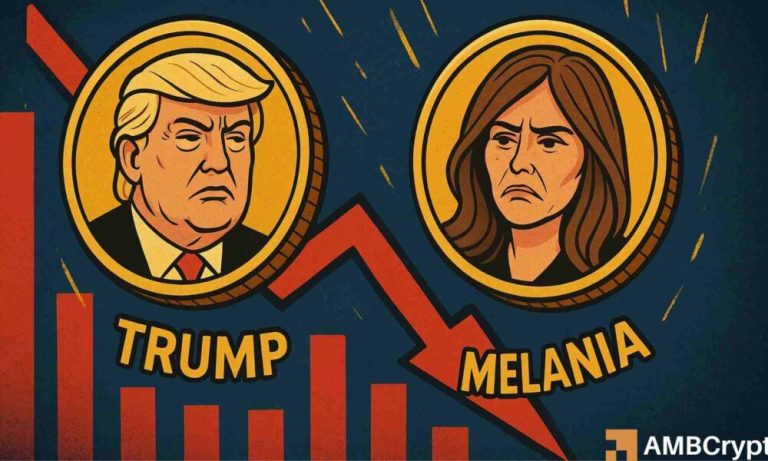
Traveling Through Time: How Europe’s Historical Heritage Shapes Modern Lifestyles in 2025
Traveling Through Time: How Europe’s Historical Heritage Shapes Modern Lifestyles in 2025. Europe, a continent steeped in history and tradition, has a unique ability to blend the old with the new. From the ancient ruins of Greece and Rome to the modern cities of London and Paris, Europe’s historical heritage continues to shape modern lifestyles in profound ways. In this article, we will explore how Europe’s rich cultural past influences everything from architecture to art, cuisine, and beyond.
Architecture and Urban Planning
One of the most visible ways in which Europe’s historical heritage shapes modern lifestyles is through architecture and urban planning. Many European cities, such as Venice, Florence, and Amsterdam, have preserved their historic centers, with narrow streets, canals, and ornate buildings that date back centuries. These cities have managed to balance preservation with modernization, incorporating contemporary architecture and design while still honoring their historical roots.
Art and Culture
Europe’s historical heritage has also had a profound impact on the continent’s art and culture. From the Renaissance to Impressionism, Europe has been the birthplace of some of the world’s most significant art movements. Today, this legacy continues to inspire artists, writers, and musicians, with many modern European cities boasting thriving cultural scenes. The Louvre in Paris, the Uffizi Gallery in Florence, and the Tate Modern in London are just a few examples of the many world-class museums and galleries that showcase Europe’s rich cultural heritage.
Cuisine and Food Culture
European cuisine is famous for its diversity and richness, with each country and region boasting its own unique flavors, ingredients, and cooking techniques. From the pasta dishes of Italy to the tapas of Spain, and from the cheese and wine of France to the beer and sausages of Germany, European food culture is a reflection of the continent’s historical heritage. Many traditional dishes have been passed down through generations, with modern chefs putting their own creative twists on classic recipes.
Modern Lifestyles and Traditions
Despite the many changes that have taken place in Europe over the centuries, many traditional lifestyles and customs continue to thrive. In rural areas, for example, farming and agriculture remain essential parts of the economy and culture, with many families passing down their land and traditions from generation to generation. In urban areas, modern lifestyles and technology have transformed the way people live and work, but many Europeans still prioritize community, family, and leisure time, reflecting the continent’s strong social and cultural heritage.






